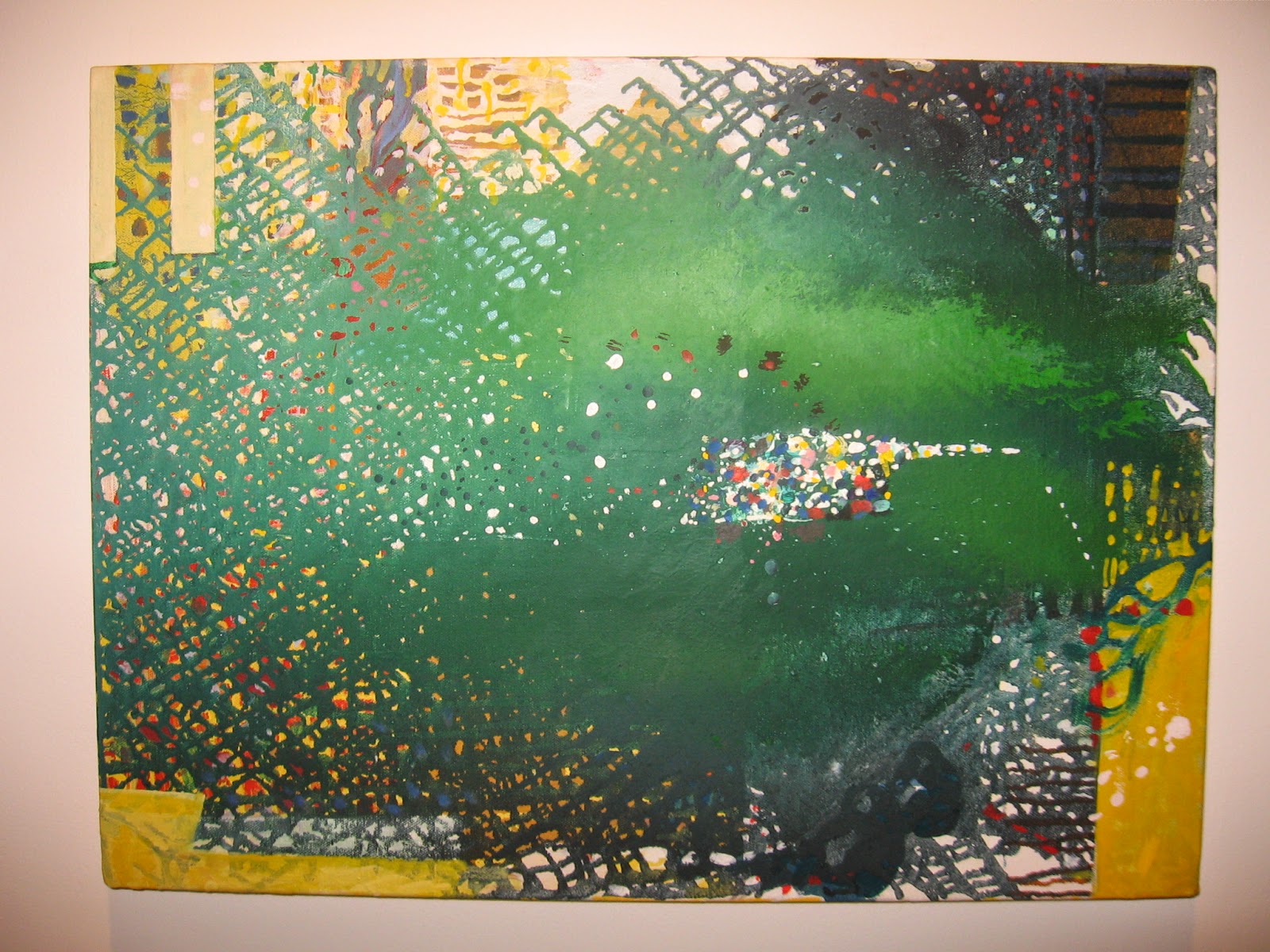Finding Treasure in the Trash
By Tom Wachunas
By Tom Wachunas
“The Internet is the first thing that
humanity has built that humanity doesn't understand, the largest experiment in
anarchy that we have ever had.” -
Eric Schmidt
“Censorship is saying: 'I'm the one who
says the last sentence. Whatever you say, the conclusion is mine.' But the
internet is like a tree that is growing. The people will always have the last
word - even if someone has a very weak, quiet voice. Such power will collapse
because of a whisper. - Ai Weiwei
“It's been my policy to view the Internet
not as an 'information highway,' but as an electronic asylum filled with
babbling loonies.”
- Mike Royko
While the frenzy
over the release of Sony Pictures’ The
Interview has not sparked my desire to see the film, it nonetheless reminds
me of a much older comedy film title, It’s
A Mad, Mad, Mad, Mad World. According to media polls and pundits, even
those folks who are neither fans of The
Interview cast, nor frightened by cyberthreats from so-called Guardians of
Peace, have resolved to see the film on “principle alone.”
The principle?
Freedom of speech. It has come to be an ever-broadening justification of human
expressivity in general, including all kinds of “entertainment.” Courageous
citizens have died to preserve and foster such liberty. Ain’t America grand? This
freedom flag we fly so valiantly covers a multitude of blessings - and sins –
and is jointly hoisted (foisted?) by peoples the world over. For all of that, I
dare say that those citizens who originally articulated our constitutionally
assured right to free speech would today be more mortified than gratified by
many of its contemporary applications.
These days, the
most accessible and far-traveled vehicle for exercising our rites of free
expression is the ubiquitous internet. The world wide web. And what a tangled
one it has become. Sony Pictures decided to fight fire with fire in a crowded
theater, so to speak. Whether we regard the decision as a purely monetary one
or in the altruistic light of standing firm against censorship, it’s
interesting and not surprising that the company would circumvent the initial
refusal of major cinema chains to present its precious film by making it
available (to paying patrons, of course) on the internet, the same instrument
that threatened violence against those who would show and watch it. It’s a mad
world.
Cyberspace is a sprawling empire unto
itself. This marvel of technology is a virtual mirror, a reflection of all the
magnificence and malevolence in our
“real” world. Like it or not, for better or worse, most of us have become
naturalized citizens of this empire to one degree or another. Listen. Can’t you
hear its sassy anthem? Why, it sounds just like Peter Pan and the Lost Boys of
Never Land singing “I Won’t Shut Up.”
So be it. We say
what we want when we want – no matter how feckless, vapid or vain - if only because
we can. In the process, we’ve created a digital landscape that is a
confounding, chimerical labyrinth. Much of it is a monumental testament to
human mediocrity and depravity. Yet, in as much as we choose to traverse its
dark, barren valleys strewn with ideological garbage, with equal frequency we
can see illuminated peaks of decency and grace. We have a choice as to the
treasures and trash we pour into our lives, even if navigating the internet can
be much like dumpster diving. There are
gems in the junkyard.
Here’s one from
around A.D. 61: Finally, brothers,
whatever is true, whatever is noble, whatever is right, whatever is pure,
whatever is lovely, whatever is admirable – if anything is excellent or
praiseworthy – think about such things. (Phillipians 4:8)
Oh, the delicious
irony of it! Finding God’s voice in the cacophonous cloud of our own.
Choices, choices.
It’s a mad world. But must it be? Happy hunting, and Happy New Year.



.jpg)
3ft%2BT.jpg)

.jpg)

























